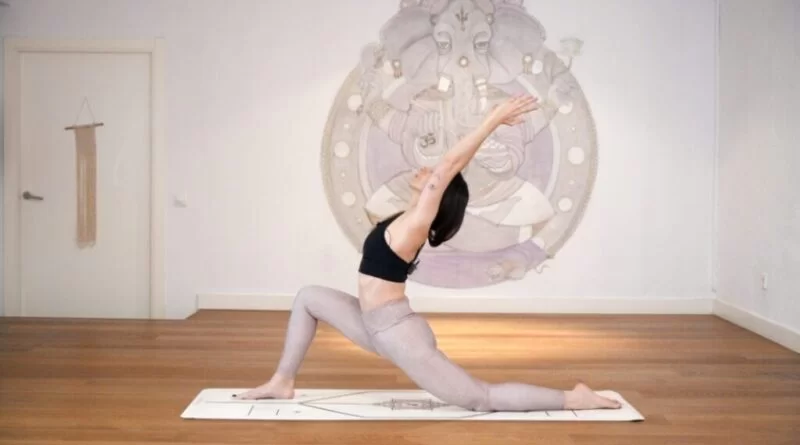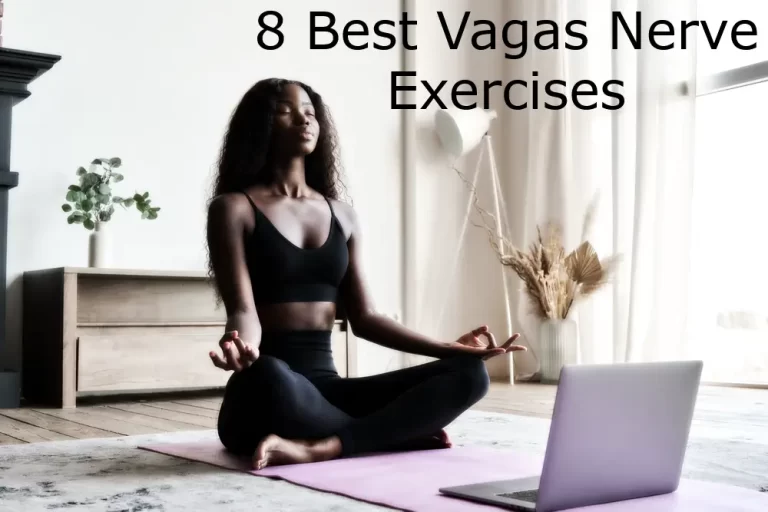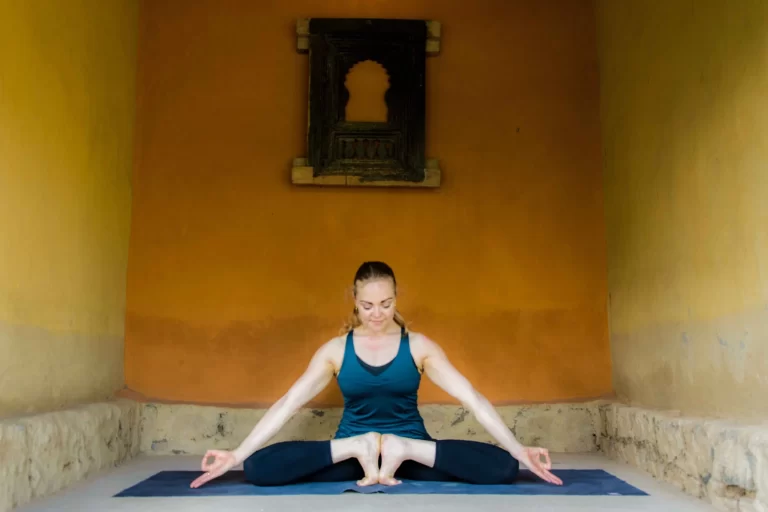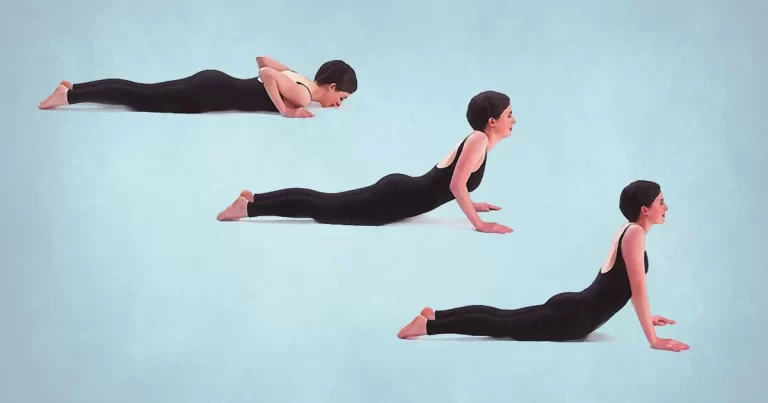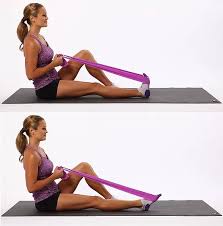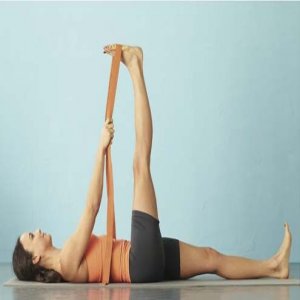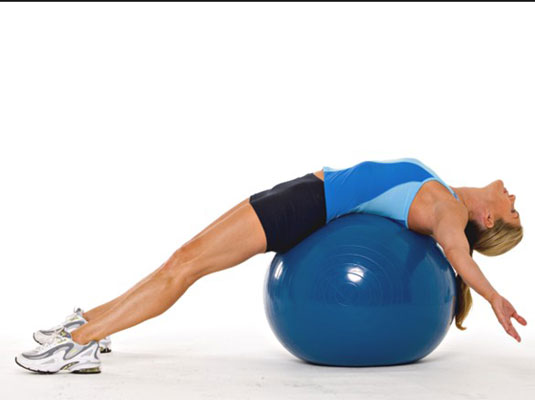Anjaneyasana
What Is Anjaneyasana?
The name Anjaneyasana arrives from Sanskrit words, that resemble the “Son of Anjani”. Anjaneyasana is a mixture of two Sanskrit terms: Anjaneya indicates “Son of Anjani” and Asana means yoga pose or pose.
Hanuman is an influential figure in the epic Ramayana and is Ram’s aide.
Anjaneyasana is a fundamental familiar upright posture that is found in the Sun Salutation series and multiple yoga poses.
Anjaneyasana can be practiced in an additional comfortable, helped manner, or it can be practiced better energetically to make better power, equilibrium, and flexibility.
The pose has many variations that can augment the stretch as such, it is a deep stretch for the hip flexors and quadriceps.
Anjaneyasana is extremely comparable to The Crescent Pose and Ardha Chandrasana. In Crescent Pose/High Lunge, the back leg is lifted, and in the lower lunge pose, the back leg up to the knee is on the floor.
Anjaneyasana helps to spread the Root Chakra (Muladhara Chakra), Heart Chakra (Anahata Chakra), and Solar Plexus (Manipura Chakra).
Let us see how to perform yoga low lung posture in a step-by-step way, along with the benefits of low lung pose- opens the hips, enhances balance, and can assist with sciatica.
How to do Steps of the Anjaneyasana (Low Lunge Pose)
Begin the posture by bringing into the posture of Adho Mukha Svanasana. When you are completely in the pose, breathe out and keep your right foot in the forward direction beside your right hand.
Note that your right knee and your ankle are in a parallel line.
Currently, slowly lower down your left knee and placed it on the ground or floor, right behind the hips.
Breathe in, and increase your torso; after that lift your arms above your head, in a way that your biceps are feeling your ears, and integrate your palms and create a Namaskar gesture.
Breathe Out. Let your hips relax and forward, specifying you are feeling a decent stretch within the frontal region of your leg and therefore the hip flexors.
Keep your tailbone towards the floor. Lengthen your lower back as your interchange with your spine. Lengthen your arms further after your heart is pushed up. Look back as you advance into the delicate acrobatic accomplishment.
Remain in the pose for fifteen to thirty seconds. You may also lift your knee or the back leg off the floor to perform a full Crescent posture.
To release the pose, keep your hands on the floor and get back into the Adho Mukha Svanasana. Replicate the same approach with your opposing leg also.
Benefits of Anjaneyasana
This heart-opening posture can function for multiple purposes for your body, including:
Anjaneyasana is an ideal pose to practice regularly as one can see measurable outcomes in a short duration.
Since it is a balancing pose, the everyday practice of this asana puts sufficient pressure on the back muscles. Due to this pressure, the strength of the back also augments.
The pose deeds better on the hips, front of the leg, muscles around the knee, intercostal muscles, arms, and neck, and expands the chest.
The chest muscles evolve more powerfully by lifting the chest forward and breathing at a rapid pace. It even supports extending the chest.
Due to this, it even supports provoking the cardiovascular organs. This results in augmented blood flow and lung capacity.
It also adds stretches to the front of the body and another is good for those suffering from sciatica pain.
It is even influential in physical tightness in the entire body and strengthens, calves, hamstrings, quadriceps shoulders, and arms.
This posture is a heart-opener yoga pose and also improves breathing and augments blood circulation.
The practice of Anjanayasana also assists in enhancing our mental health. It supplies an adequate amount of oxygen and blood to the brain, which is very important for our brain.
Beginners’ tips
Heat your hips with primary poses such as cradling the leg in the arm to extend up the hips.
Start by working on the Easy pose, Cow Face pose, and other hip openers. Continuously construct sure you are turning from the hip and not the knee.
Practice with awareness and patience – Lotus posture is not appropriate for all people’s bodies. Your bone structure may mean another the seated pose is an adequate choice for you. For more about this read Pressure versus reduction in yoga.
Modifications and Variations
If you have knee aches, there are a few things you can try. Similarly, you can squeeze this posture for counted stability challenge.
- Need a Modification?
Try to shift your weight forward to rest more on the upper thigh versus the knee joint.
If arranging any weight at all on the back knee is not a choice, you could also try padding the knee by either tucking your mat for a counted pillow or using a blanket for help.
Palms relaxing on the front thigh are also an option. Creasing the back toes underneath may also help your body feel balanced and supported.
Safety and Precautions
This posture is not recommended if you have a knee or back injury.
Note that, in most yoga poses with a bent knee, you should be careful not to bring your knee in act of your ankle since that is a vulnerable position for the knee.
Gradually augment the training to do Anjaneyasana. Never rehearse this asana in case of pain. Constantly make sure that you have heated up and that your core muscles have been activated.
- Don’t execute this Asana in the issue of High B.P.
- If you have shoulder trouble can practice it by controlling your hands on the thighs.
- Avoid any kind of injury to the knees and the hips.
Contraindications for anjaneyasana
There are some contraindications for a crescent lunge.
- Knee injury
- Hip injury
- Groin injury
- Low back problems
- High blood pressure
Conclusion
Anjaneyasana is comprehended as the Shakti of Lord Hanuman. This vertical hip opener and heart opener pose is also sometimes referred to as the bow Moon posture. Few of its interpretations are understood by various names, so do not get confused.
FAQ
1. What is the description of Anjaneyasana?
AnjaThis equal-maintaining posture extends the arms, armpits, shoulders, intercostal muscles, abdomens, quadriceps, and pelvic muscles.
It lengthens the backbone by stretching it in a stunning crescent shape. The more in-depth tissues at the groin and internal thighs also reach stretched.
2. How to teach Anjaneyasana?
TEACHING CUES
Lift the torso to expand the upper and lower spine, and firm your abdominals.
Expand your ribcage away from your hips and press the hips ahead to deepen the expanse.
Slide the slumped leg back to deepen the stretch.
Be aware of your low spine and keep the lower abdominals drawn up.
3. What is the spiritual meaning of Anjaneyasana?
As described in the story, this posture reaches a young, divine child (Anjaneya), as he arrives towards the sky for the heat of the sun, fascinated by a bright fruit in the sky. Anjaneyasana (Low Lunge Pose), describes the human desire to leap up and catch what we desire.
4. What muscles are stretched in Anjaneyasana?
This equal-maintaining posture extends the arms, armpits, shoulders, intercostal muscles, abdomens, quadriceps, and pelvic muscles.
It lengthens the backbone by stretching it in a stunning crescent shape. The more in-depth tissues at the groin and internal thighs also reach stretched.
5. What is the duration of Anjaneyasana?
You may even lift your knee or the back leg off the floor to perform a full Crescent posture.
For freeing the posture, maintain your hands back to the floor and reach back into the Adho Mukha Svanasana. Repeat the same method with your opposing leg also.

